Betel chewing - a traditional custom that has existed for generations in Vietnamese culture, is a unique cultural feature of the nation.
For every Vietnamese, everyone must have grown up around the story told by their grandmothers and mothers about “The Legend of Betel and Areca” - hidden in it is a common story about the philosophy of life, the culture of communication and behavior in the community about the expression between people through betel, bonding family ties... According to legends and documents, the custom of chewing betel has existed since the time of the Hung Kings who founded the country. Through many changes in society, the custom of chewing betel and offering betel still has a strong vitality, existing in today's society, especially in the lives of rural people.
Betel quid (khau trầu), consists of green betel leaves and ingredients: areca, tree bark, slaked lime. The person chewing only chews and enjoys the taste of betel and areca, swallows the liquid from the betel quid in the mouth and discards the betel residue. Sometimes, they chew a few strands of tobacco or roll it into a ball to pick and rub on their teeth, retaining the flavor of the betel quid. The complete set includes a betel box, lime pot, lime stick, spittoon, areca nut knife, picker, picker, painted with patterns, carved with landscapes of the homeland, country, flowers or animals.
The way to wrap betel leaves is not too complicated, the betel leaves are rolled up many times, using a lime stick to apply lime to the betel leaves, people put the leaf stems in to keep the leaves from falling apart. Fresh or dried areca nuts are split into pieces, if it is dried areca nuts, soak them in water before eating to soften them before wrapping. Add a little bark, fold it up, then take a piece of areca nuts in your mouth and chew the mixture of these 3 ingredients. The sweetness of the areca nuts, the spicy, aromatic taste of the essential oil from the betel leaves, the astringent taste of the seeds and shells, all blend together to bring a feeling of lightness, dizziness, the body heats up, the breath is warm, the girls who chew betel have red cheeks, sparkling eyes... In traditional society, the image of a girl with "rosy cheeks, red lips", smiling with shiny black teeth due to the custom of chewing betel and dyeing teeth black has become the criteria to determine the "beauty" of women.
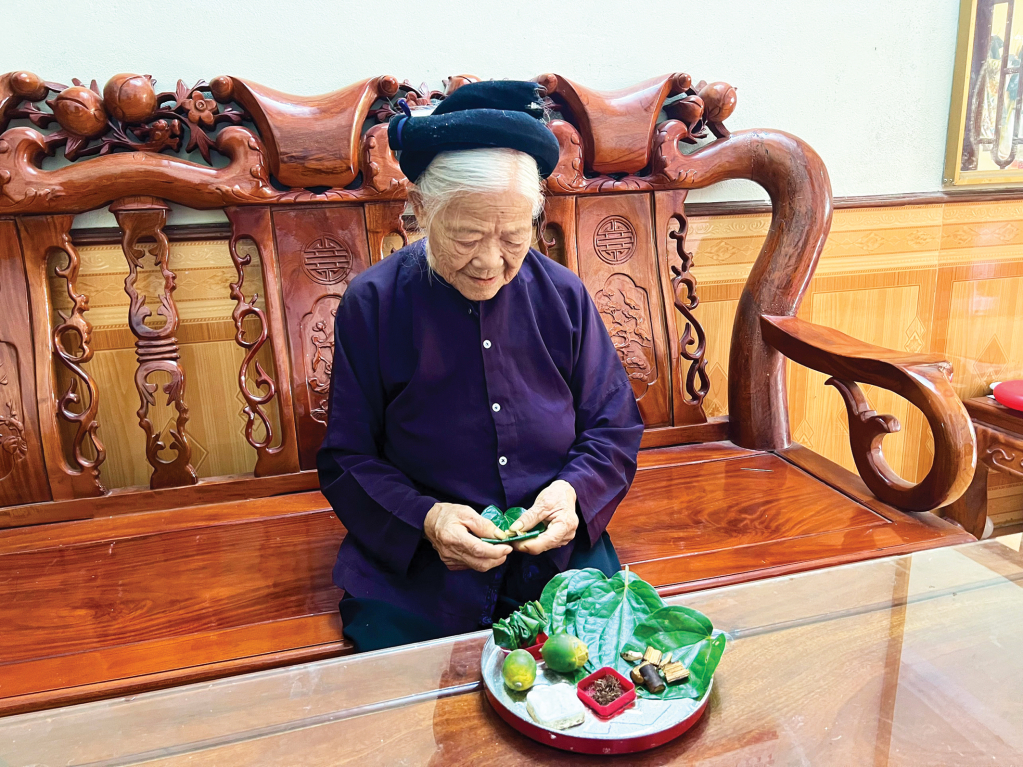
Mrs. Hoang Thi Nhin, Hung Dao commune (City) is 95 years old this year but can still chew betel, because her teeth dyed since her girlhood are still strong, even and shiny black. While chewing betel, she said: Betel has been with her for more than half a century. At that time, there were 17 girls in the village, all of them dyed their teeth to chew betel. Since the days of plowing and working in the fields with her mother and sisters, chewing betel has become an indispensable habit in daily life.
Betel and areca nuts are also a symbol of love and the steadfast bond between husband and wife, so people say that being married with betel and areca nuts means being married. In the past, the offering tray contained a few areca nuts and betel leaves in a wooden tray. Nowadays, depending on the conditions of each family, they prepare betel and areca nuts of different sizes with heavy bunches of areca nuts, big, round, green fruits mixed with areca beards, creating a meaningful betel and areca nut offering tray.
In ancient society, the way of wrapping betel leaves was one of the criteria to evaluate the virtue and the industriousness of women. When asking for a wife, the groom's family often looked at how the bride wrapped betel leaves. A beautifully wrapped, harmonious betel leaf showed that the woman was skillful, meticulous, measured, and thoughtful. Wrapping betel leaves was also an art and many people learned how to wrap betel leaves in phoenix-shaped patterns.
Ms. Nong Thi Huyen, Group 8, Duyet Trung Ward (City) shared: I still clearly remember the image of my grandmother sitting and splitting areca nuts in front of the house. She often chewed betel with the bark of wild taro trees instead of eating the bark of chay trees like the Kinh people. Taro tree bark has a bitter taste, but when eaten with betel leaves, it is refreshing.
 Betel and areca nuts have been deeply attached to the Vietnamese people, surpassing daily habits, becoming a cultural beauty imbued with Vietnamese identity. In religious practices and spiritual rituals such as: Heaven and Earth worship, Buddha worship, saints, gods, ancestors worship..., betel and areca nuts are the "first" rituals, on every occasion of Tet, death anniversary, the offering tray cannot lack areca nuts and betel leaves. This is a cultural beauty of the Vietnamese people from the past to the present, expressing gratitude to ancestors. The culture of betel and areca nuts has existed throughout the development of the nation's history. Although the custom of chewing betel nuts is now mostly found in the countryside, it still retains its cultural features, reminding today's generation to preserve the nation's fine traditions as well as the significance of practicing the spiritual and cultural beliefs of the Vietnamese people. |
Dieu Linh
Source



![[Photo] Panorama of the Patriotic Emulation Congress of Nhan Dan Newspaper for the period 2025-2030](https://vphoto.vietnam.vn/thumb/1200x675/vietnam/resource/IMAGE/2025/11/04/1762252775462_ndo_br_dhthiduayeuncbaond-6125-jpg.webp)

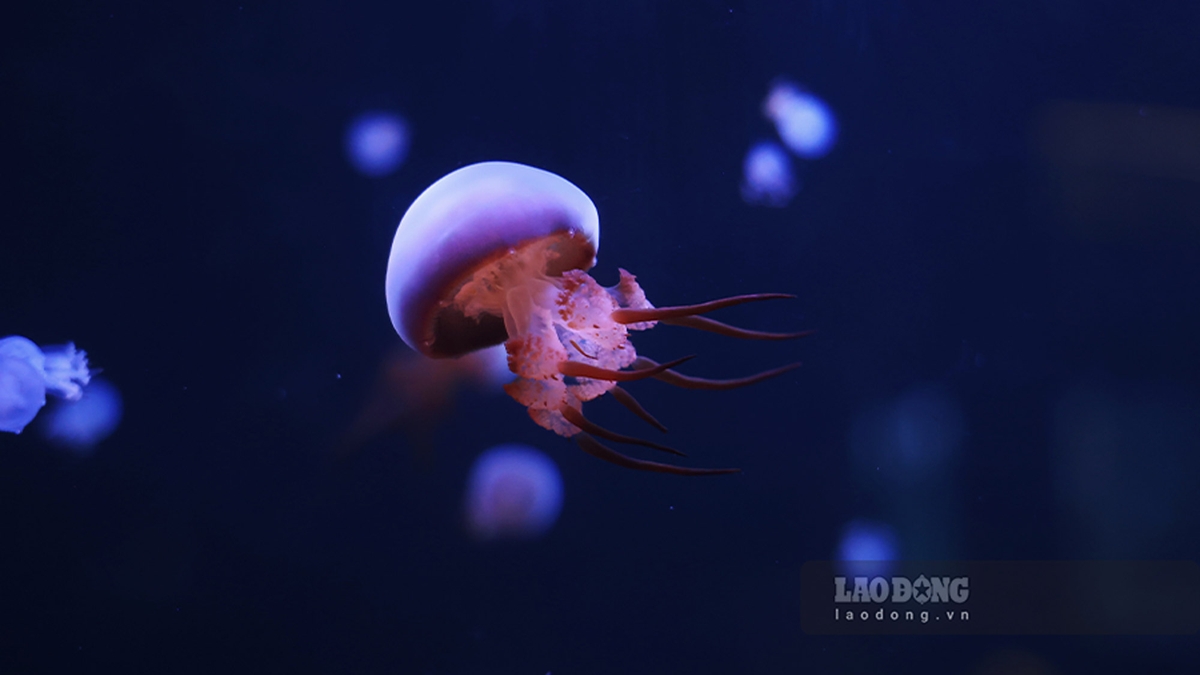

![[Photo] Opening of the 14th Conference of the 13th Party Central Committee](https://vphoto.vietnam.vn/thumb/1200x675/vietnam/resource/IMAGE/2025/11/05/1762310995216_a5-bnd-5742-5255-jpg.webp)








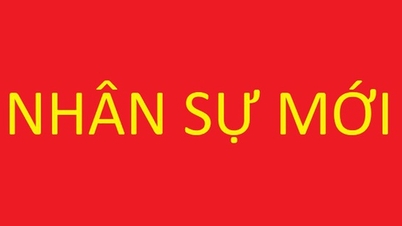
















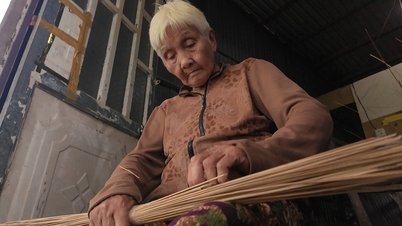





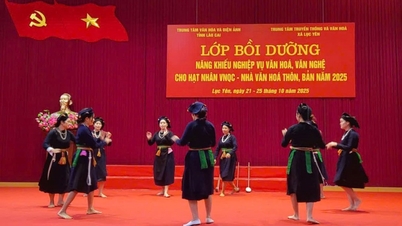





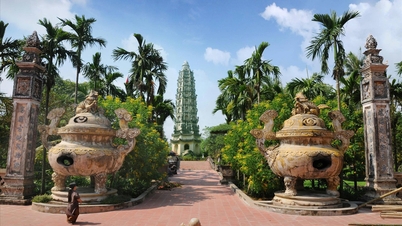




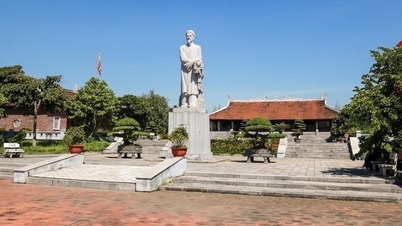



















































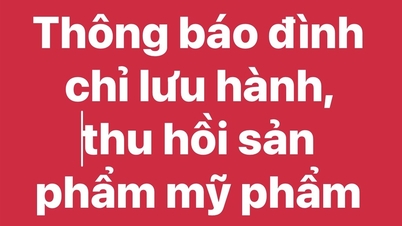






Comment (0)